By Eric Galatas, Public News Service - CO
One-in-ten Coloradans currently struggles with hunger or faces food insecurity. (Pixabay)
DENVER — A new coalition - including nonprofits, health care providers, state agencies, schools and more - has launched a new campaign aimed at ending hunger in Colorado.
Ki'i Powell, director of the Office of Economic Security at the Colorado Department of Human Services, said currently, 1-in-6 children and one-tenth of Colorado's seniors don't know where their next meal will come from. Powell said the coalition's new report, "The Colorado Blueprint to End Hunger," is just the first step in addressing what she sees as a solvable problem.
"We feel that Colorado is up to the challenge of ending hunger in our state,” Powell said; “and through the efforts of collaboration - and a plan - can effectively do this."
Powell said the blueprint's recommendations include streamlining coordination efforts so that more eligible Coloradans can connect with existing programs including WIC - the Woman, Infants and Children Food and Nutrition Service - as well as SNAP, formerly known as food stamps.
The plan also calls for a boost in the number of people who access food through community-based services.
Alexis Weightman, senior policy officer at the Colorado Health Foundation, which funded the blueprint, said hunger is a key social determinant to health. She pointed to studies showing that people who have reliable access to nutritious food have lower rates of chronic conditions, including obesity, diabetes, malnutrition, high blood pressure and heart disease.
"Those who are experiencing hunger have significantly higher health care costs, and also disproportionately experience chronic illnesses,” Weightman said. “Having food security also reduces stress and cortisol levels throughout the lifespan."
Bob O'Connor, president of the group Feeding Colorado, said hunger can be a silent disability. He said with 1-in-10 Coloradans facing food insecurity, it's likely that someone you know is struggling. He said for the blueprint to work, it's important for individuals to get involved at the community level and connect with the people behind the statistics.
"It's about those children that go home in the evening and don't have enough food in the house, come back to school and have to try and learn the next day,” O’Connor said. “It's about seniors that have to make that choice between food and medicine, or food and heat. Those are the real people."
The blueprint is the culmination of work led by a steering committee of more than 35 organizations and individuals from across the state, and includes input from more than 100 additional groups.

